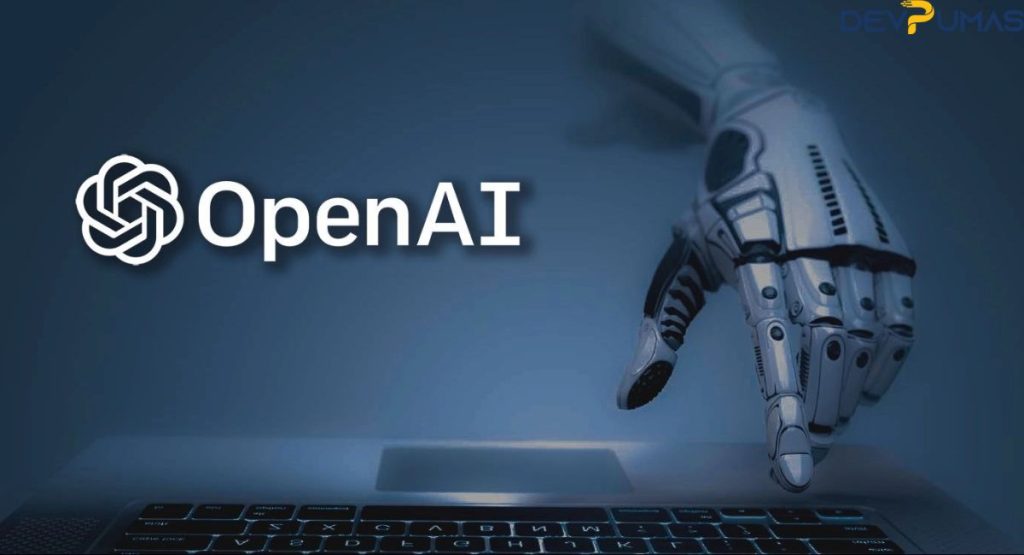Python in 2025: Why You Should Learn It Now
Introduction: Python has been a top programming language for over ten years. Its popularity keeps growing strong. If you’re asking yourself, “Should I learn Python in 2025?”, the answer is a resounding yes.Learning Python in 2025 is a smart career choice. Its simplicity and versatility make it popular in many areas. Python is popular in many areas. These include artificial intelligence, data science, web development, and automation. This guide looks at why Python is still important, its future, and how to begin. By the end of this article, you’ll see why learning Python in 2025 is a smart choice. It can lead to great job opportunities with high pay. 1. The Growing Importance of Python in 2025 1.1 Python’s Dominance in the Tech Industry Python has always been one of the top programming languages. It ranks high in both the TIOBE Index and Stack Overflow’s Developer Survey. Its readability and large libraries make it popular. It also has strong community support, attracting both beginners and experts. 1.2 High Demand for Python Skills Many companies use Python. These include startups and big names like Google, Facebook, and Netflix. They rely on it for development, data analysis, and machine learning. Learning Python in 2025 ensures you remain competitive in the job market. 1.3 Python in Emerging Technologies Fields like AI, machine learning, and blockchain heavily depend on Python. Frameworks like TensorFlow, PyTorch, and Scikit-learn make Python indispensable for future tech innovations. 2. Key Reasons to Learn Python in 2025 2.1 Ease of Learning and Readability By the end of this article, you’ll see why learning Python in 2025 is a smart choice. It can lead to great job opportunities with high pay. 2.2 Versatility Across Domains Whether you’re interested in: 2.3 Strong Community and Support Python has a large community. You can always find help, tutorials, and open-source projects to join. 2.4 High Salary Potential Python developers earn good salaries. Average pay is between $90,000 and $150,000 each year. This depends on their skills and where they work 2.5 Future-Proof Career As automation and AI grow, Python’s relevance will only increase. Learning Python in 2025 means securing a skill that will remain in demand for years. 3.3 Career Opportunities in AI with Python AI engineers, data scientists, and ML specialists who know Python are some of the highest-paid workers today. 4. Python for Web Development 4.1 Popular Python Web Frameworks Django (Full-stack framework) Flask (Lightweight and flexible) FastAPI (Modern API development) 4.2 Why Companies Use Python for Web Apps Python is a top choice for startups and big companies due to its scalability, security, and fast development. Frameworks like Django and Flask simplify web application development with built-in security features. Python’s rich ecosystem of libraries and third-party tools accelerates development and reduces costs. It also supports high-performance applications, handling large user bases efficiently. Additionally, Python’s strong community and continuous updates make it a reliable choice for modern web applications. 5. Automation and Scripting with Python 5.1 Simplifying Repetitive Tasks Python scripts can automate tasks like file handling, web scraping, and email responses. You can use tools like BeautifulSoup and Scrapy for web scraping 5.2 Python in DevOps Python plays a crucial role in DevOps by automating tasks, managing infrastructure, and streamlining CI/CD pipelines. Tools like Ansible and Docker rely on Python for infrastructure automation, making server provisioning and configuration management more efficient. Python also supports cloud automation through SDKs like AWS Boto3 and Azure SDK. It enhances monitoring and logging by working with tools like Prometheus and ELK Stack. Additionally, Python helps in containerization, security compliance, and workflow orchestration, making it an essential language for DevOps engineers. 6. Python for Data Science and Analytics 6.1 Essential Python Data Science Libraries Pandas (Data manipulation) NumPy (Numerical computing) Matplotlib & Seaborn (Data visualization) 6.2 How Python is Used in Big Data Python plays a significant role in big data processing due to its simplicity and powerful libraries. It works well with big data platforms like Hadoop and Apache Spark, thanks to tools like PySpark. Python’s extensive data science libraries, such as Pandas and NumPy, help in data manipulation and analysis. Machine learning frameworks like TensorFlow and Scikit-learn integrate seamlessly with big data for predictive analytics. Additionally, Python automates data pipelines, making it easier to process, analyze, and visualize large datasets efficiently. 7. Python in Cybersecurity & Ethical Hacking Python is a powerful language widely used in cybersecurity and ethical hacking due to its simplicity, flexibility, and vast library support. It helps in penetration testing with tools like Scapy and Metasploit, allowing security experts to identify vulnerabilities. Python’s automation capabilities streamline security tasks like log analysis, malware detection, and network scanning. Libraries such as Requests and BeautifulSoup assist in web scraping for threat intelligence. Python also enables cryptography with libraries like PyCrypto and hashlib for secure data encryption. Ethical hackers use Python for scripting exploits and simulating cyberattacks to test system defenses. Its integration with security tools makes it essential for modern cybersecurity operations. 7.1 Why Python for Cybersecurity? 7.2 Python in Ethical Hacking Python is a powerful and versatile programming language that plays a crucial role in ethical hacking. Its simplicity, flexibility, and extensive library support make it a top choice for security professionals looking to identify and mitigate vulnerabilities. Ethical hackers use Python for various security-related tasks, including penetration testing, network scanning, password cracking, web scraping, and malware analysis. Penetration Testing – Python is widely used for penetration testing, as it enables security experts to test network and application vulnerabilities. Tools like Metasploit and Scapy help simulate cyberattacks, identify security loopholes, and enhance system defenses. Python scripts can automate various attack scenarios, making penetration testing more efficient. Network Scanning – Ethical hackers use Python scripts to scan open ports and detect security weaknesses. The socket module and tools like nmap allow scanning of entire networks to find exposed services and potential vulnerabilities. This helps organizations strengthen their cybersecurity posture by identifying weak points before attackers exploit them. Password Cracking – Python is
Python in 2025: Why You Should Learn It Now Read More »











